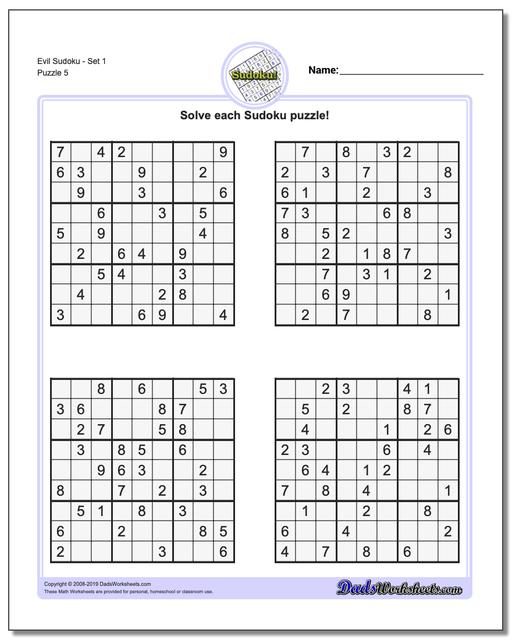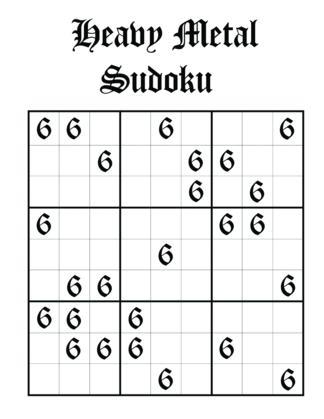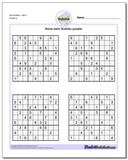



The name "Sudoku" is the Japanese abbreviation of a longer phrase, "Suuji wa dokushin ni kagiru" (数 字は独身に限る), meaning "the digits must remain single". Interest in Sudoku surged from a revival in Japan in 1986, when puzzle publisher Nikoli discovered the game in older Dell publications, and republished the format leading to widespread international popularity in 2005. Garns contributed his puzzles to Dell Magazines, which published them under the moniker "Number Place". The modern puzzle Sudoku was invented in Indianapolis in 1979 by Howard Garns. Arabic numerologists had already compiled an exhaustive list of order 3 through order 9 Greco-Latin Squares in the Jabirean Corpus by 990 AD. Completing the puzzle requires patience and logical ability.Įuler is frequently cited as the source of the puzzle, but examples of Latin Squares were engraved in ancient architecture as numerological talismans. The aim of the puzzle is to enter a numerical digit from 1 through 9 in each cell of a 9×9 grid made up of 3×3 subgrids (called "regions"), starting with various digits given in some cells (the "givens") each row, column, and region must contain only one instance of each numeral. 以下内容摘选自 Sudoku 简介 Sudoku (数独 sūdoku), also known as Number Place or Nanpure, is a logic-based placement puzzle. 6400 Printable Sudoku Puzzles With Solutions eric4ever


 0 kommentar(er)
0 kommentar(er)
